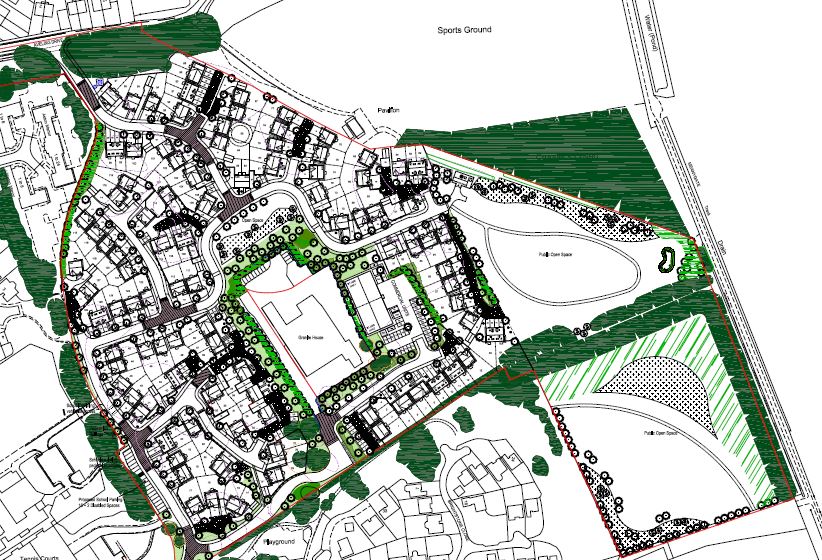Land & Development
Vacant Building Credit to Benefit Developers in Affordable Housing Provision
The National Planning Policy Framework (NPPF), focuses on commercial viability being vital to negotiations with the local authority on the provision of affordable housing. Policy states that:
“Pursuing sustainable development requires careful attention to viability and costs in plan-making and decision-taking. Plans should be deliverable. Therefore, the sites and the scale of development identified in the plan should not be subject to such a scale of obligations and policy burdens that their ability to be developed viably is threatened.” (Paragraph 173, Ensuring Viability and Deliverability).

A new initiative was announced by Brandon Lewis, the Minister of State for Housing and Planning, on the 28th November 2014 aimed at getting empty or redundant land and property back into use. This new initiative will be of considerable benefit to developers.
Where a vacant building is brought back into any lawful use, or is demolished to be replaced by a new building, the developer should be offered a financial credit. This credit will be equivalent to the existing gross floorspace of “relevant vacant buildings” when the local planning authority calculates any affordable housing contribution to be sought. The definition of a “relevant vacant building” is unclear with limited guidance. Policy states that the vacant building credit (VBC) applies where the building has not been abandoned. The definition of abandonment is not clarified either creating uncertainty as to what type of buildings this credit will apply to.
The VBC will only apply to affordable housing and not to S106, S278 or Community Infrastructure Levy (CIL). Affordable housing contributions would be required for any increase in floorspace over the credit.
Crucially the credit may exist for any scheme that is currently the subject of a planning application. Schemes could be reappraised and reconsidered in light of these policy updates.
This new policy is of concern for local authorities as it could drastically reduce the number of affordable housing units and contributions by developers. It is likely that this policy will be reviewed owing to its dramatic effects on schemes such as the redevelopment of Chelsea Barracks which could seek a multi-million pound cut in affordable housing bill.





